Home>Maintenance & Safety>Child & Elderly Safety at Home>Which Sippy Cup Is Best For Teeth?
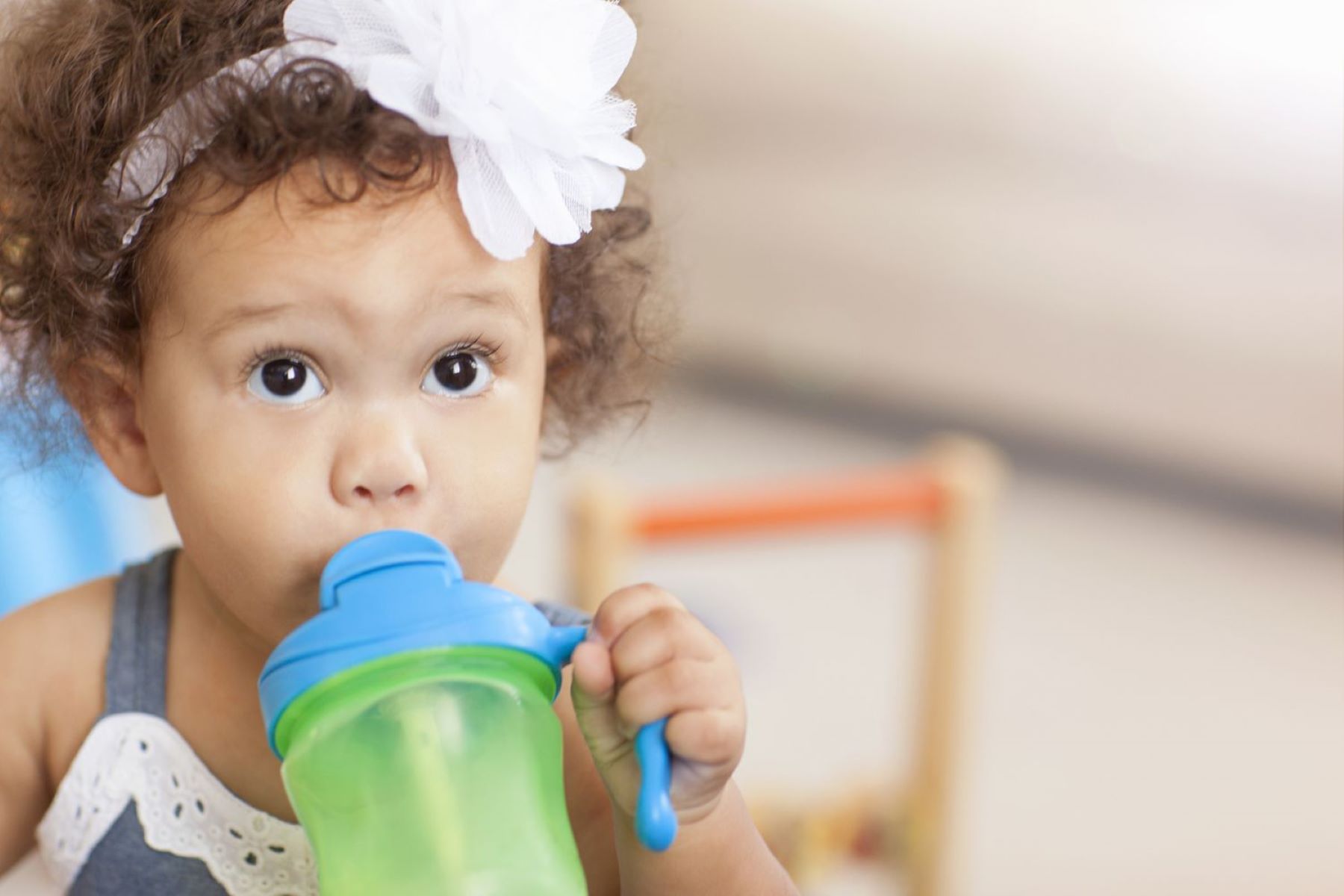

Child & Elderly Safety at Home
Which Sippy Cup Is Best For Teeth?
Published: February 13, 2024
Discover the best sippy cup for teeth and ensure child and elderly safety at home with our expert recommendations. Choose the right cup to promote oral health and prevent accidents.
(Many of the links in this article redirect to a specific reviewed product. Your purchase of these products through affiliate links helps to generate commission for Storables.com, at no extra cost. Learn more)
Introduction
When it comes to ensuring the safety and well-being of our little ones, every decision we make holds significant weight. From the food they eat to the toys they play with, every aspect of their daily routine impacts their growth and development. One crucial element that often goes overlooked is the choice of sippy cup. While sippy cups are designed to help children transition from bottles to regular cups, not all sippy cups are created equal, especially when it comes to the impact on dental health.
The selection of the right sippy cup can play a pivotal role in safeguarding the dental health of our children. It's not just about preventing spills and making the transition to independent drinking easier; it's also about ensuring that their tiny teeth and gums are protected from potential harm. With an array of sippy cup options available in the market, it's essential for parents and caregivers to be well-informed about the factors that contribute to the dental safety of these products.
In this comprehensive guide, we will delve into the importance of choosing the right sippy cup for your child's dental health. We will explore the various factors that should be taken into consideration when selecting a sippy cup, and we will highlight some of the best sippy cup options that prioritize dental safety. By the end of this article, you will have a clear understanding of how the choice of sippy cup can impact your child's oral health and the best options available to promote their dental well-being. So, let's embark on this journey to discover the best sippy cup for your little one's precious smile.
Key Takeaways:
- Choose sippy cups with soft, silicone spouts and leak-resistant designs to protect kids’ teeth from decay and promote healthy oral development. Look for options like Munchkin Miracle 360 Trainer Cup and Philips Avent My Bendy Straw Cup.
- Prioritize sippy cups made from safe materials like BPA-free plastic and silicone to safeguard children’s dental health. Consider options such as OXO Tot Transitions Straw Cup and Green Sprouts Glass Sip & Straw Cup for long-term oral well-being.
Read more: What Is A Sippy Cup?
Importance of Choosing the Right Sippy Cup
The significance of selecting the right sippy cup for your child's dental health cannot be overstated. The early years of a child's life are crucial for the development of their teeth and oral hygiene habits. The prolonged use of improper sippy cups can lead to potential dental issues, including tooth decay, misalignment, and speech problems. Therefore, the choice of sippy cup plays a pivotal role in safeguarding the dental well-being of young children.
Improper sippy cups can contribute to a condition known as "baby bottle tooth decay." This occurs when sugary or acidic liquids pool around a child's teeth for extended periods, leading to decay and cavities. The design of some sippy cups can also promote prolonged sipping, which exposes the teeth to sugary or starchy liquids, increasing the risk of dental problems.
Moreover, the use of sippy cups that require excessive sucking or biting can impact the natural development of a child's oral muscles and jaw structure. This can potentially lead to issues such as malocclusion, where the teeth do not align properly when the jaws are closed. Additionally, prolonged use of spill-proof valves in sippy cups may hinder the natural swallowing process, affecting the development of oral motor skills and potentially leading to speech difficulties.
Choosing the right sippy cup is not just about preventing spills and facilitating the transition from bottle to cup; it is about prioritizing the long-term dental health of children. By opting for sippy cups that are designed with dental safety in mind, parents and caregivers can help mitigate the risk of dental problems and support the natural development of their child's oral structures.
In essence, the choice of sippy cup directly impacts a child's oral health trajectory. By understanding the importance of selecting the right sippy cup, parents and caregivers can make informed decisions that contribute to the overall well-being and dental safety of their little ones.
Factors to Consider When Choosing a Sippy Cup
When it comes to choosing a sippy cup that prioritizes dental safety, several essential factors should be taken into consideration. These factors play a crucial role in determining the impact of the sippy cup on a child's oral health and overall well-being. By carefully evaluating these aspects, parents and caregivers can make informed decisions that promote the dental safety of their little ones.
Material Composition
The material from which the sippy cup is made is a fundamental consideration. Opt for sippy cups that are free from harmful chemicals such as BPA, phthalates, and PVC. Look for cups made from safe materials such as food-grade stainless steel, silicone, or BPA-free plastic. These materials are not only safe for children but also durable and easy to clean, ensuring that no harmful substances leach into the liquids stored in the cup.
Spout Design
The design of the spout significantly impacts a child's oral development. Choose sippy cups with soft, silicone spouts that are gentle on the gums and teeth. Spouts that mimic the natural shape of a regular cup's rim can promote proper oral muscle development and swallowing patterns. Additionally, opt for sippy cups with spouts that discourage prolonged sucking, as this can contribute to dental issues.
Read more: How Old For A Sippy Cup?
Ease of Cleaning
The ease of cleaning the sippy cup is a practical consideration that directly influences dental safety. Select cups with simple designs and minimal parts, making them easy to disassemble and clean thoroughly. Cups with hidden crevices or complex components can harbor bacteria and residue, posing a risk to a child's oral hygiene.
Leakage and Spill-Proof Features
While spill-proof features are desirable for minimizing messes, it's essential to choose sippy cups that strike a balance between spill prevention and natural sipping. Cups with excessively tight valves or spouts can promote prolonged sipping, increasing the exposure of teeth to sugary or acidic liquids. Look for cups with leak-resistant designs that do not compromise a child's natural drinking process.
Size and Handling
The size and handling of the sippy cup should be appropriate for a child's age and motor skills. Opt for cups that are easy for small hands to grip and maneuver. Cups that are too heavy or cumbersome may pose a risk of accidental spills or falls, potentially causing oral injuries.
Transition to Regular Cup
Consider sippy cups that facilitate the transition to regular cups. Some sippy cups are designed to mimic the look and feel of regular cups, aiding in the gradual shift toward independent drinking. These transitional cups can support the development of proper drinking techniques and oral motor skills.
By carefully considering these factors when choosing a sippy cup, parents and caregivers can prioritize the dental safety of their children while promoting healthy oral development. Making informed choices regarding sippy cup selection contributes to the overall well-being and long-term oral health of young ones.
Read more: What Kind Of Sippy Cup Is Best?
Best Sippy Cup Options for Teeth
When it comes to selecting the best sippy cup options that prioritize dental safety, several products stand out for their thoughtful design and focus on promoting healthy oral development in children. These sippy cups are crafted with features that align with the essential factors for dental safety, making them ideal choices for parents and caregivers who prioritize their child's oral health.
-
Munchkin Miracle 360 Trainer Cup: This innovative sippy cup is designed to support the natural development of oral muscles and swallowing patterns. It features a 360-degree drinking edge that allows children to drink from any side of the rim, similar to a regular cup. The silicone valve ensures spill resistance while promoting normal sipping, making it an excellent choice for dental safety.
-
Philips Avent My Bendy Straw Cup: With its unique bendy straw design, this sippy cup encourages proper tongue placement and swallowing mechanics. The integrated lip-activated valve allows for easy drinking, and the cup is made from BPA-free materials, ensuring the safety of the child. The straw also aids in the transition to regular straw drinking, supporting oral motor skill development.
-
OXO Tot Transitions Straw Cup: This sippy cup is engineered to facilitate the transition to straw drinking while prioritizing dental safety. The removable handles and hinged cap make it easy for children to use, promoting independent drinking. The straw is designed to be gentle on gums and teeth, and the cup is free from harmful chemicals, making it a reliable choice for oral health-conscious parents.
-
Nuby No-Spill Cup with Dual-Flo Valve: This sippy cup features a dual-flo valve that allows for varying liquid flow rates, promoting natural drinking behavior. The soft silicone spout is gentle on the teeth and gums, and the cup is designed to be leak-resistant without compromising oral development. The ergonomic design and easy-grip handles make it suitable for young children.
-
Green Sprouts Glass Sip & Straw Cup: For parents seeking a glass sippy cup option, this product offers the benefits of glass while prioritizing dental safety. The silicone straw and sip spout are designed to support oral development, and the cup is made from tempered glass for durability and hygiene. The protective silicone sleeve provides added grip and protection.
These sippy cup options exemplify a commitment to dental safety and healthy oral development in children. By considering the material composition, spout design, ease of cleaning, leakage prevention, size, and transition features, these products offer reliable choices for parents and caregivers who prioritize their child's dental well-being. Selecting the right sippy cup from these options can contribute to the long-term oral health and overall well-being of young children.
Conclusion
In conclusion, the choice of sippy cup holds significant implications for the dental safety and overall oral development of young children. By understanding the importance of selecting the right sippy cup, parents and caregivers can actively contribute to their child's long-term oral health and well-being. The factors to consider when choosing a sippy cup, including material composition, spout design, ease of cleaning, leakage prevention, size, and transition features, play a crucial role in determining the impact of the sippy cup on a child's dental safety.
It is evident that sippy cups designed with dental safety in mind, such as the Munchkin Miracle 360 Trainer Cup, Philips Avent My Bendy Straw Cup, OXO Tot Transitions Straw Cup, Nuby No-Spill Cup with Dual-Flo Valve, and Green Sprouts Glass Sip & Straw Cup, offer reliable options for parents and caregivers who prioritize their child's oral health. These products not only address the practical aspects of spill prevention and ease of use but also prioritize the natural development of oral muscles and swallowing patterns, thereby supporting healthy oral development.
By opting for sippy cups that are free from harmful chemicals, feature gentle spout designs, promote natural sipping, and facilitate the transition to regular cups, parents and caregivers can make informed choices that contribute to the overall well-being and dental safety of their little ones. It is essential to recognize that the early years of a child's life are formative in shaping their oral hygiene habits and dental health. Therefore, the selection of the right sippy cup is a proactive step in safeguarding their precious smiles and promoting healthy oral development.
In essence, the journey to discovering the best sippy cup for a child's dental safety is rooted in informed decision-making and a commitment to prioritizing their long-term oral health. By considering the dental safety features of sippy cups and selecting products that align with these considerations, parents and caregivers can play a proactive role in nurturing healthy oral habits and supporting the natural development of their child's oral structures. Ultimately, the right sippy cup can be a valuable ally in promoting the dental safety and overall well-being of young children, laying the foundation for a lifetime of healthy smiles and confident oral health.
Frequently Asked Questions about Which Sippy Cup Is Best For Teeth?
Was this page helpful?
At Storables.com, we guarantee accurate and reliable information. Our content, validated by Expert Board Contributors, is crafted following stringent Editorial Policies. We're committed to providing you with well-researched, expert-backed insights for all your informational needs.
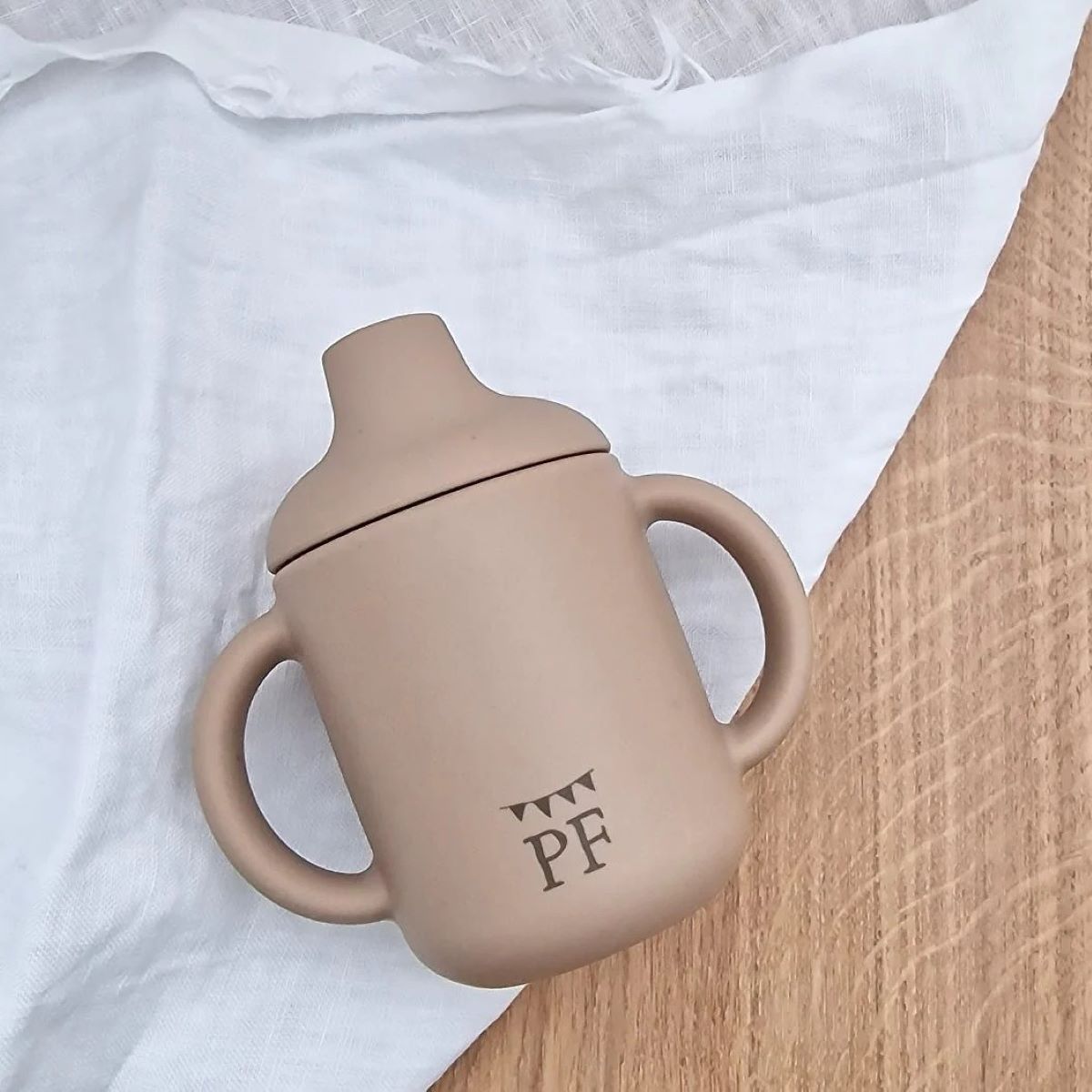
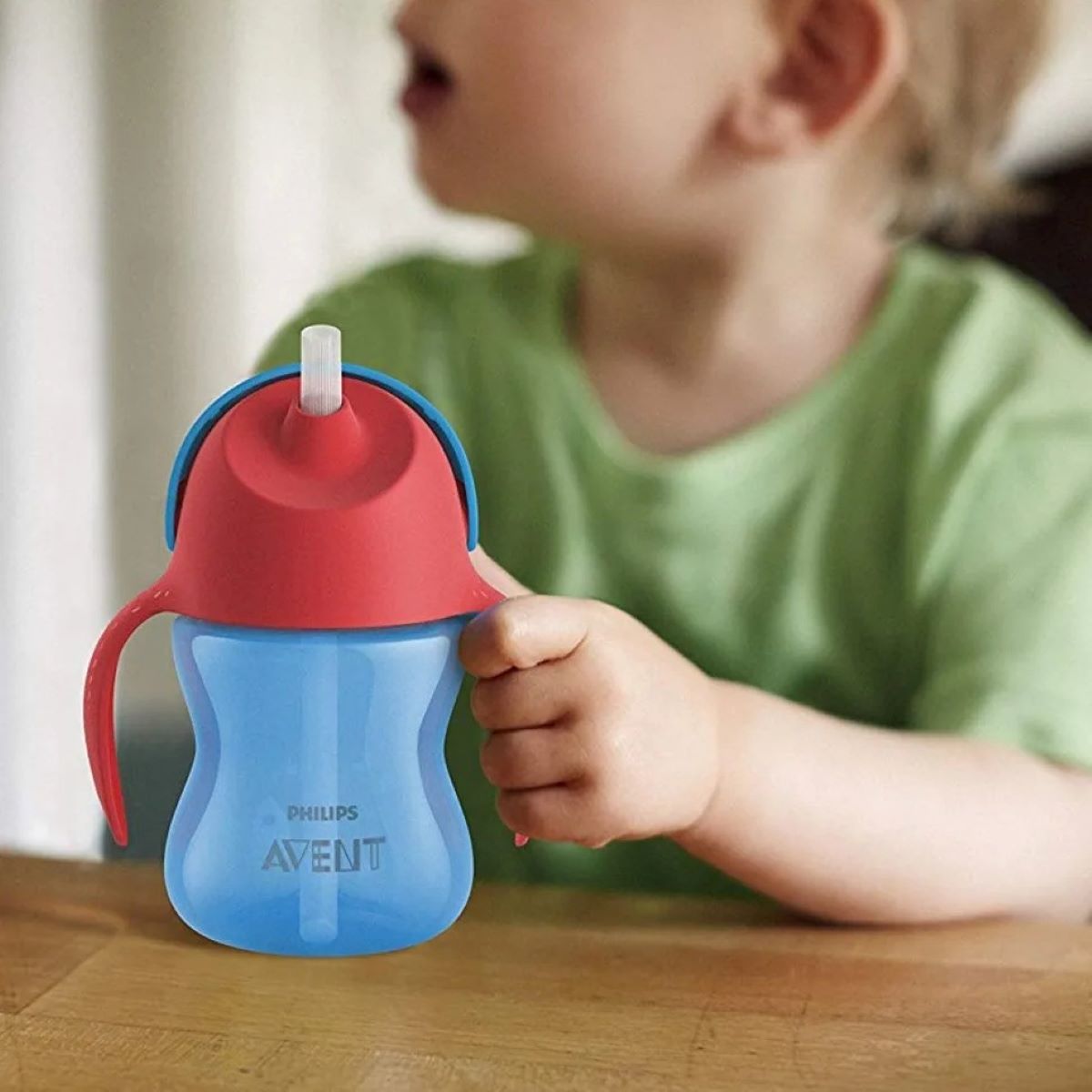
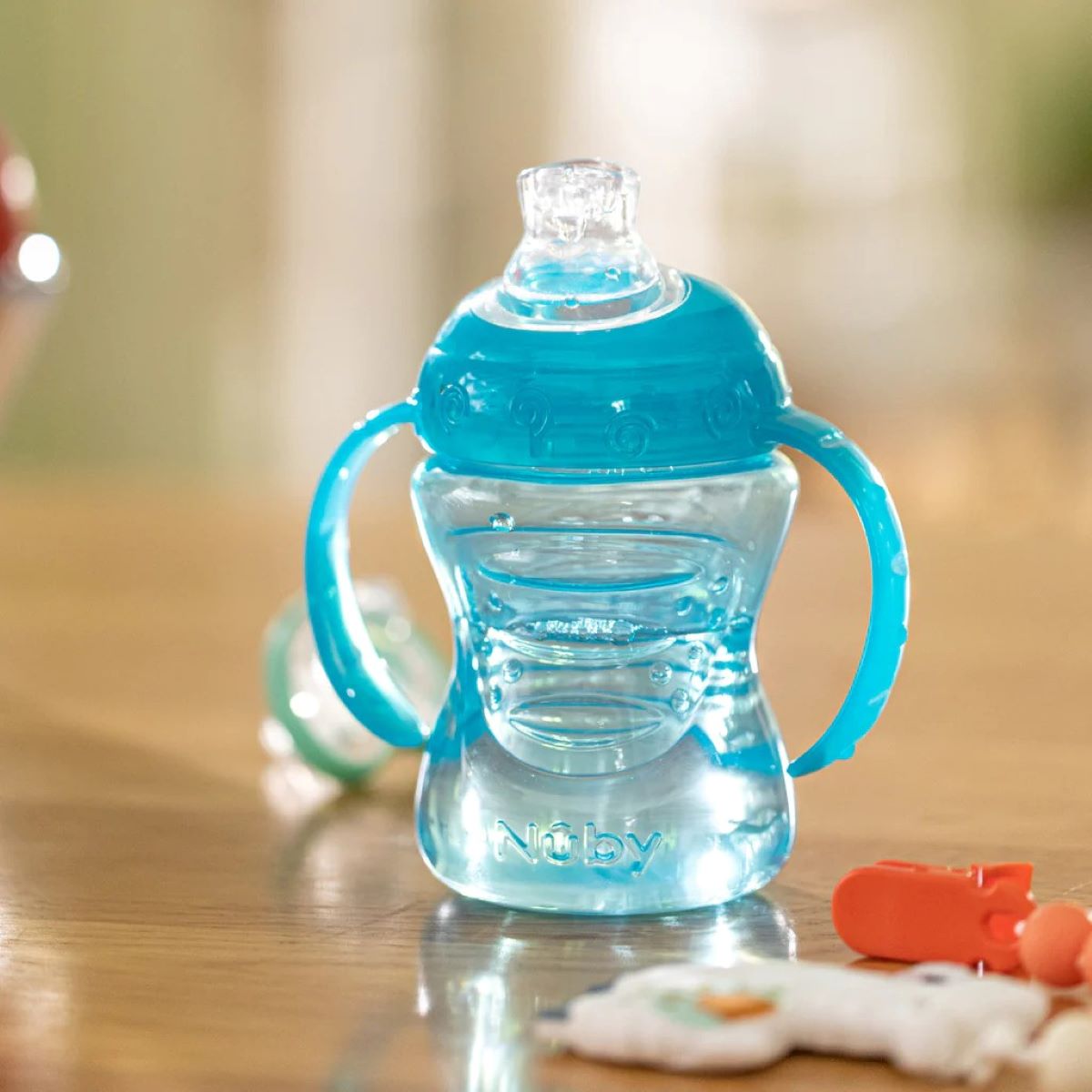
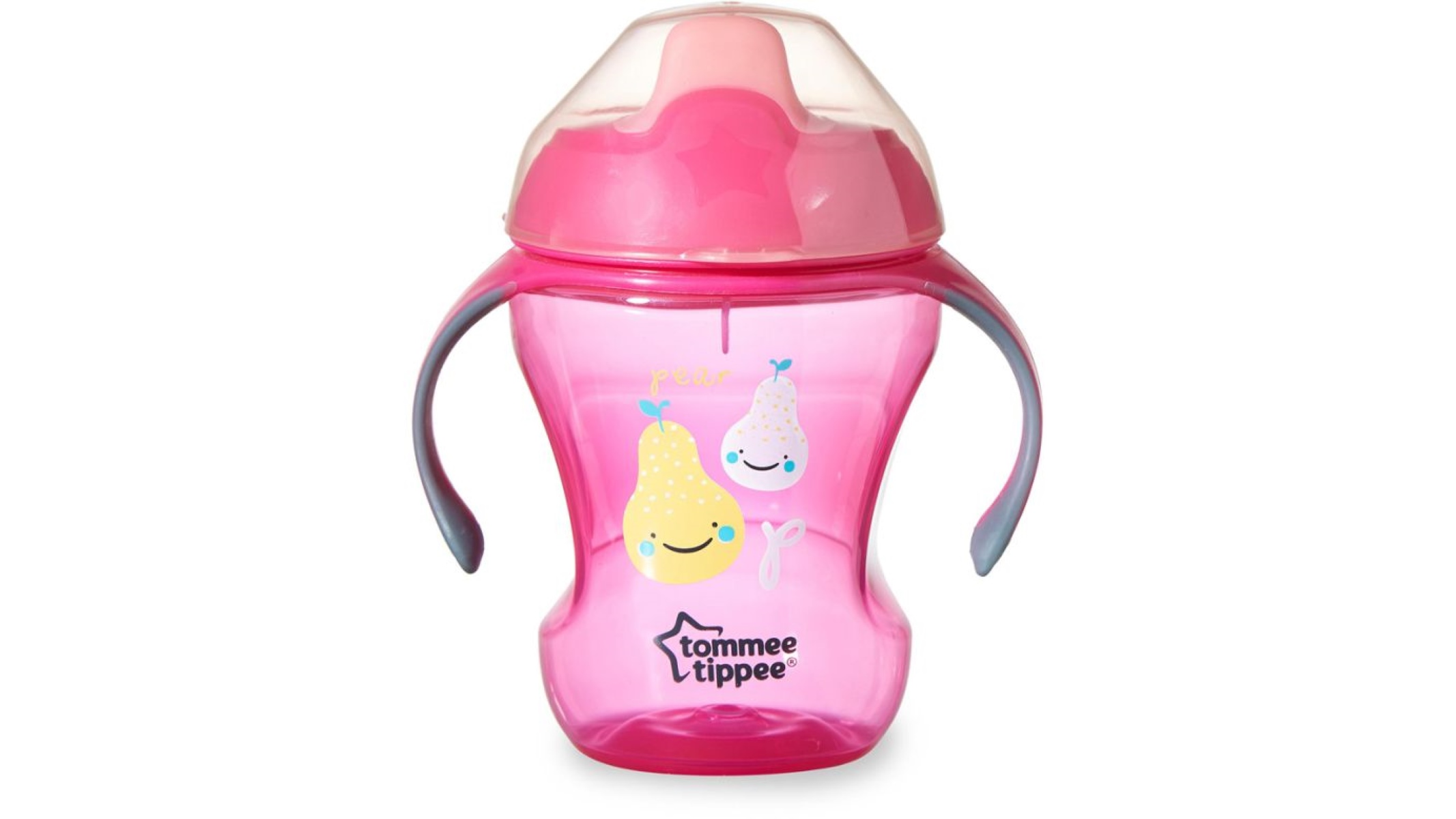
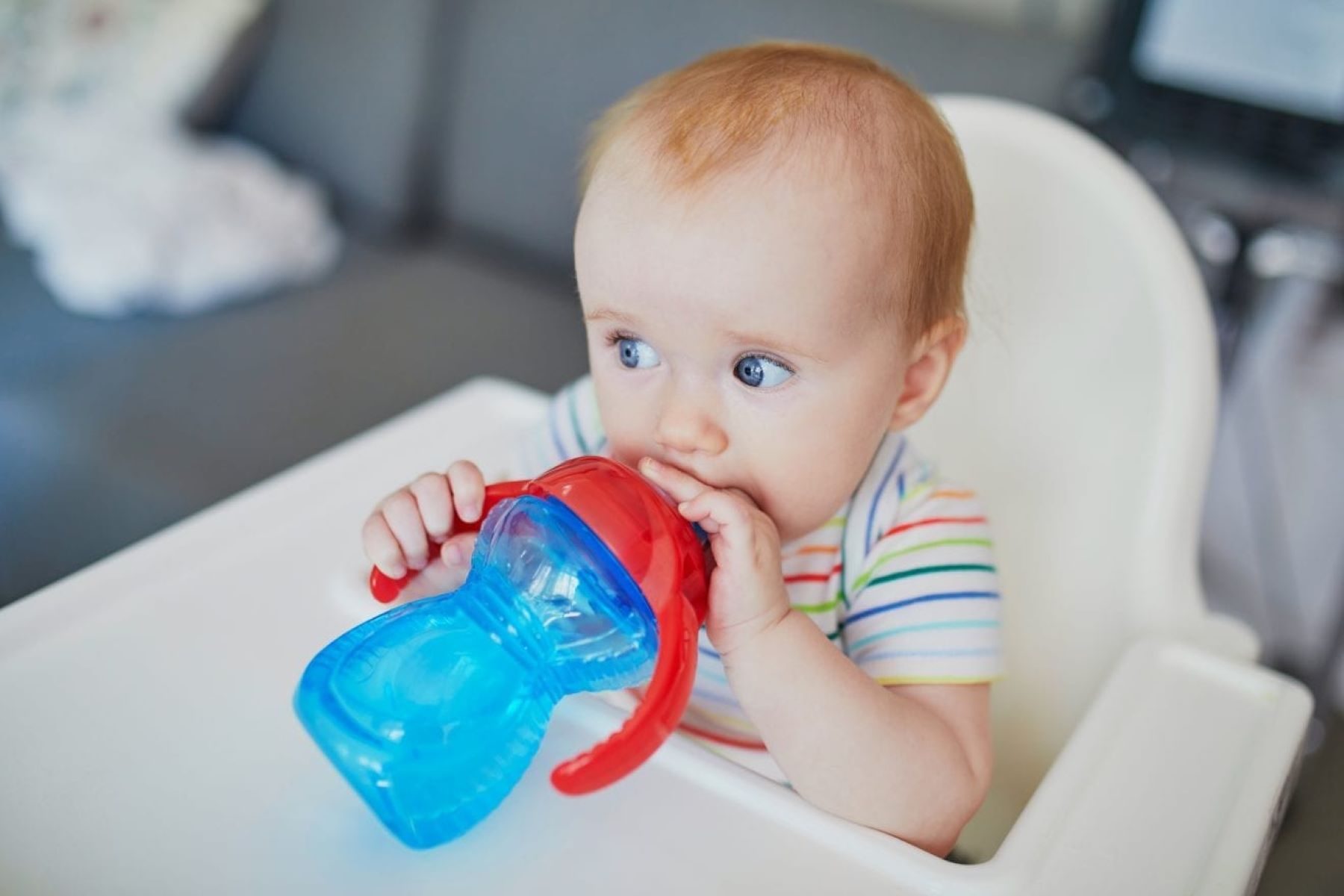
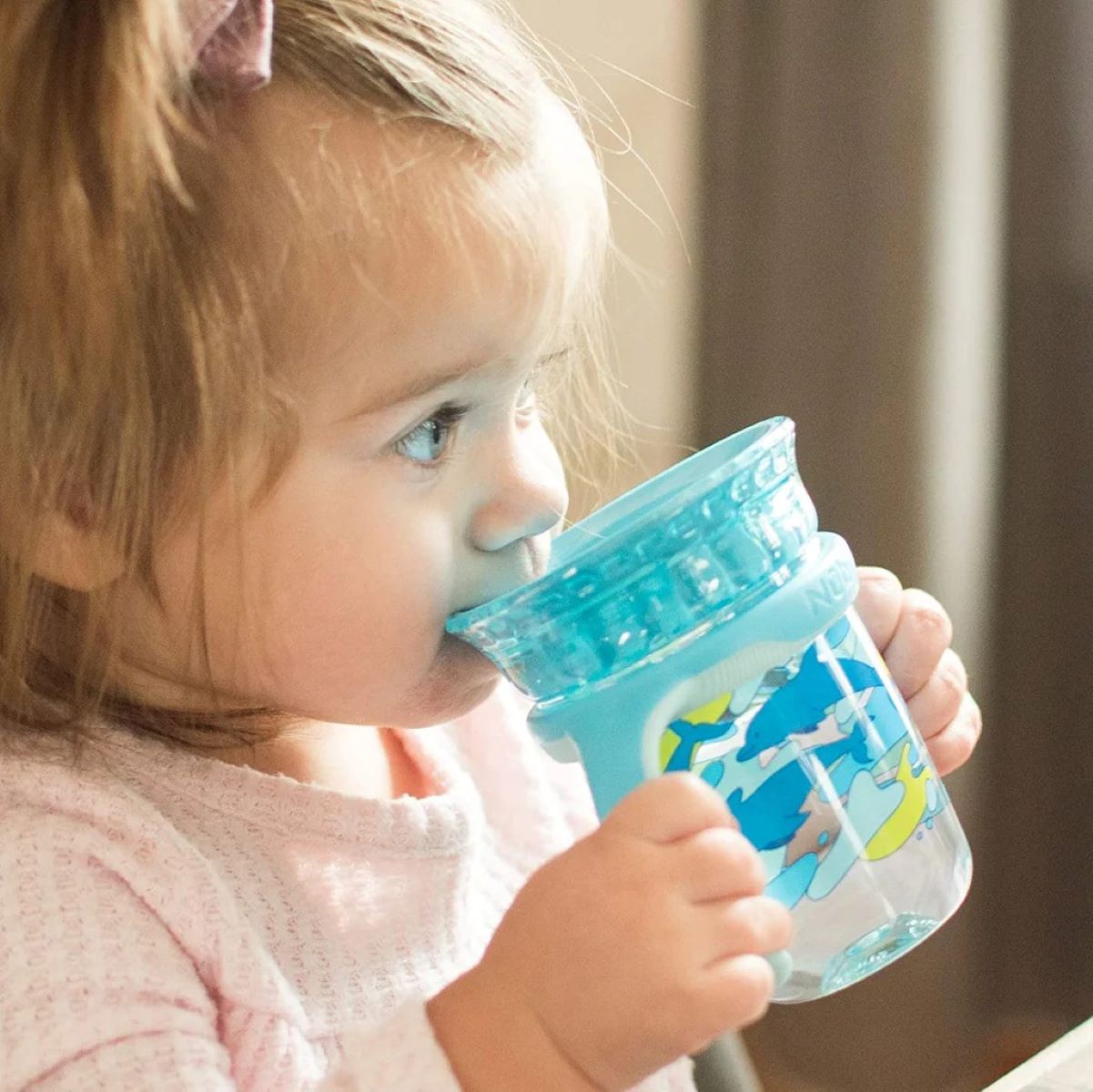
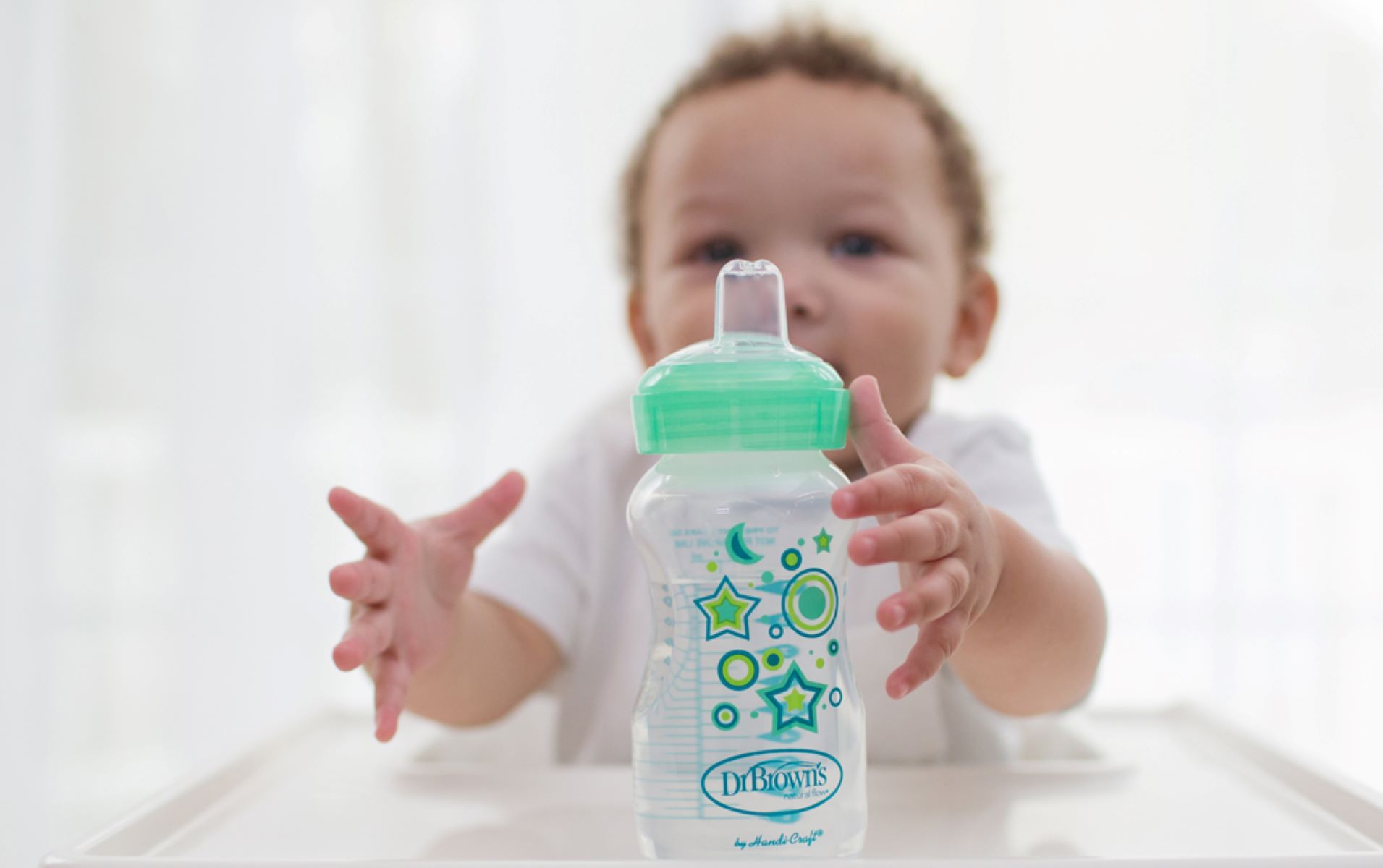
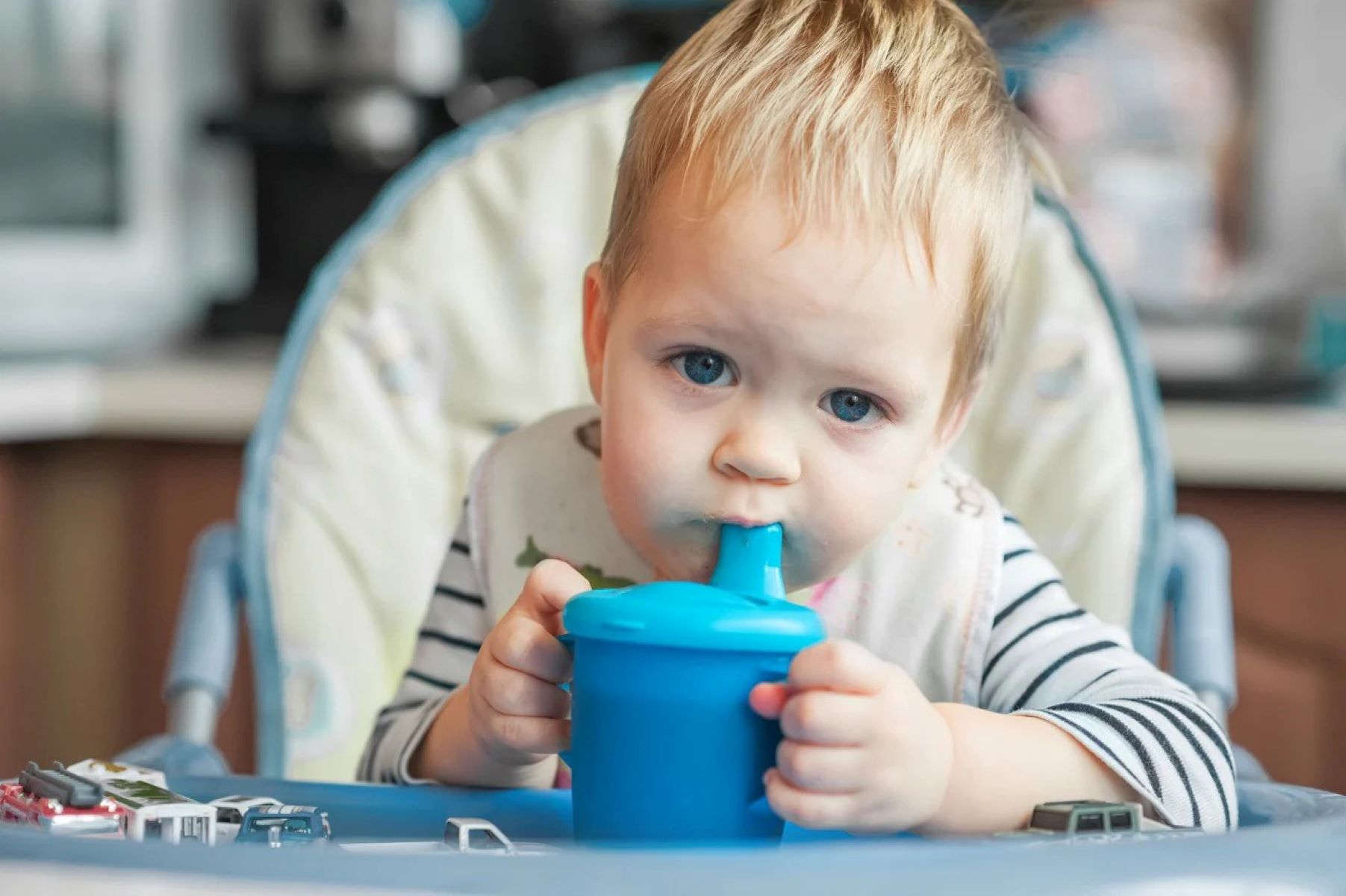
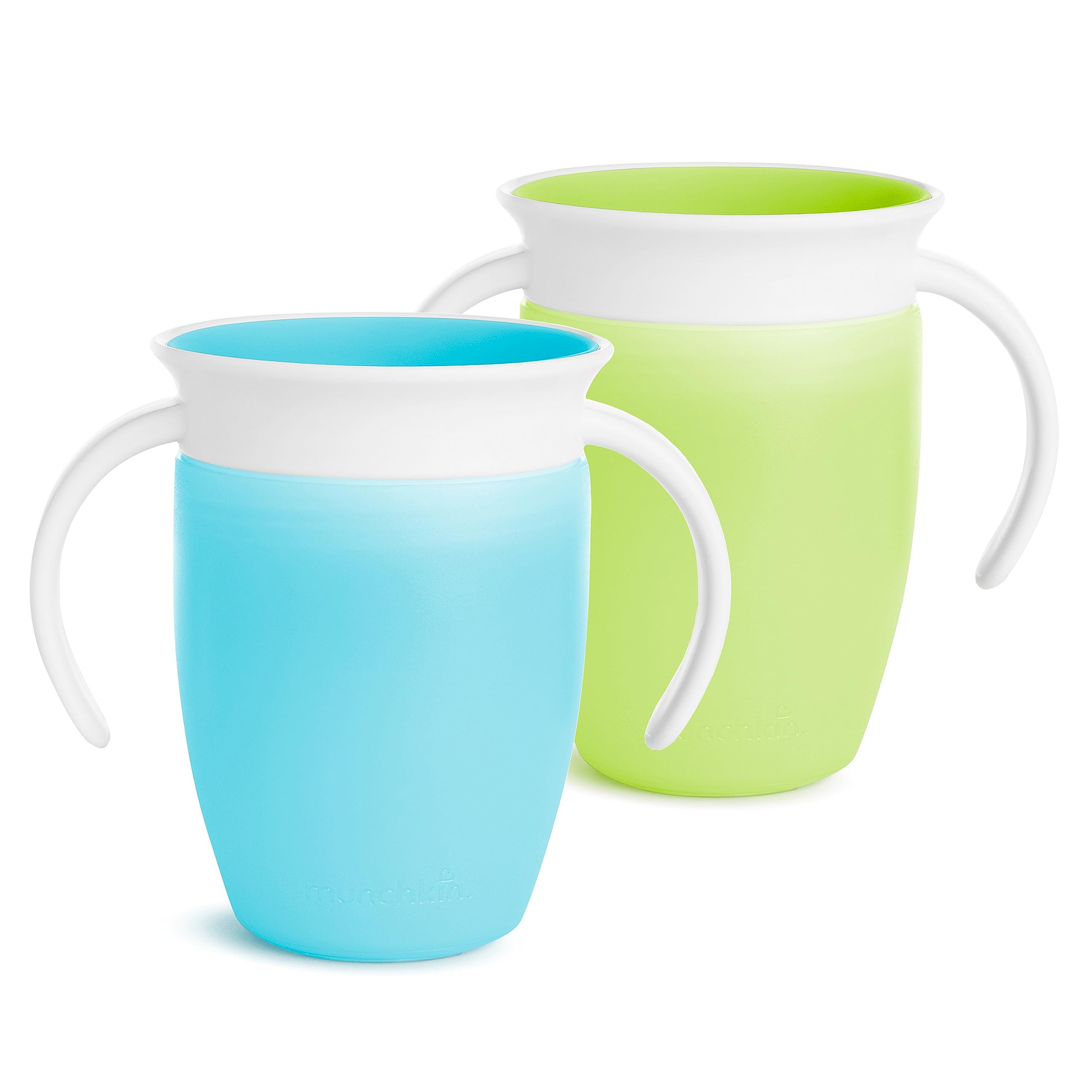
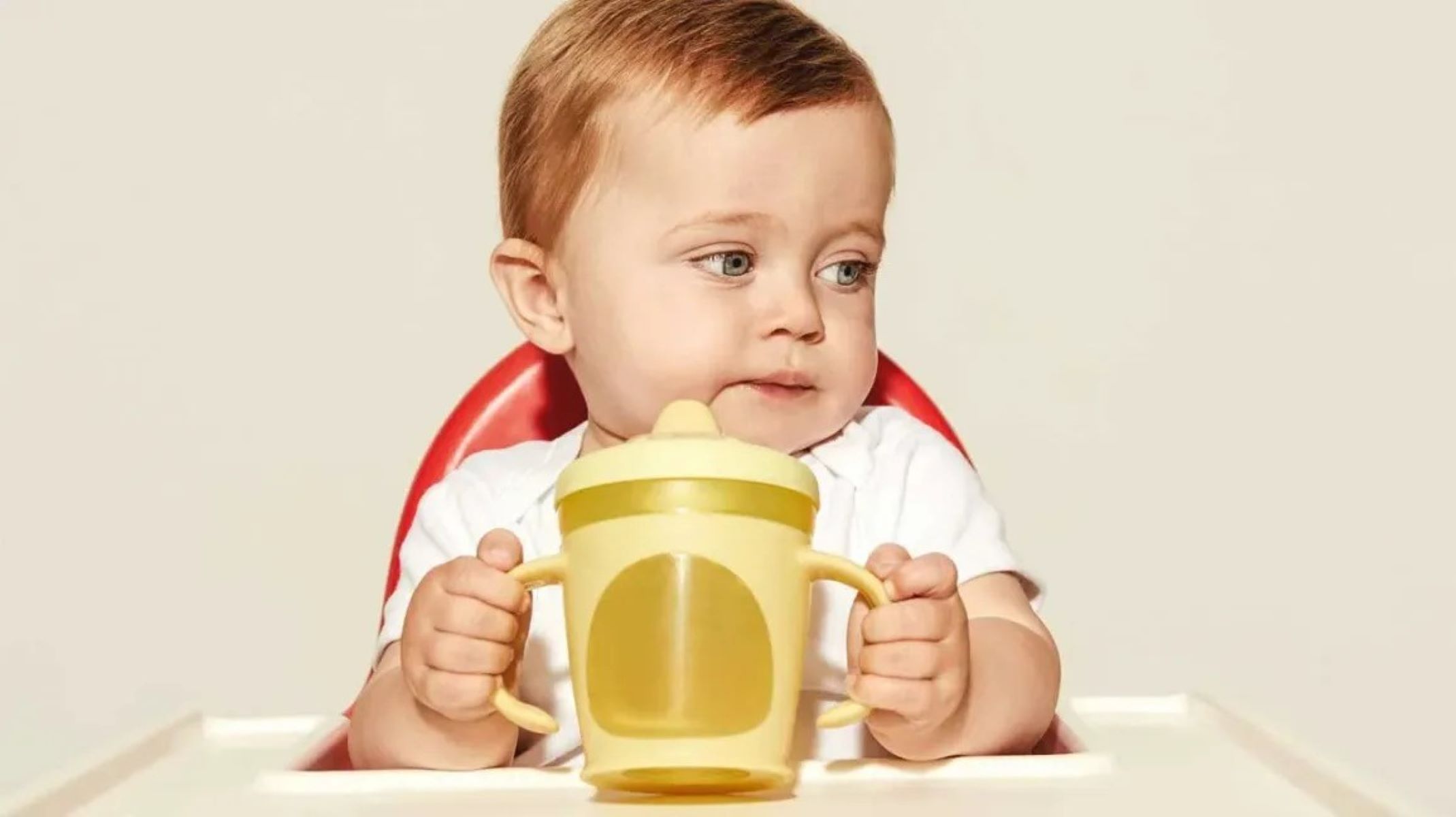
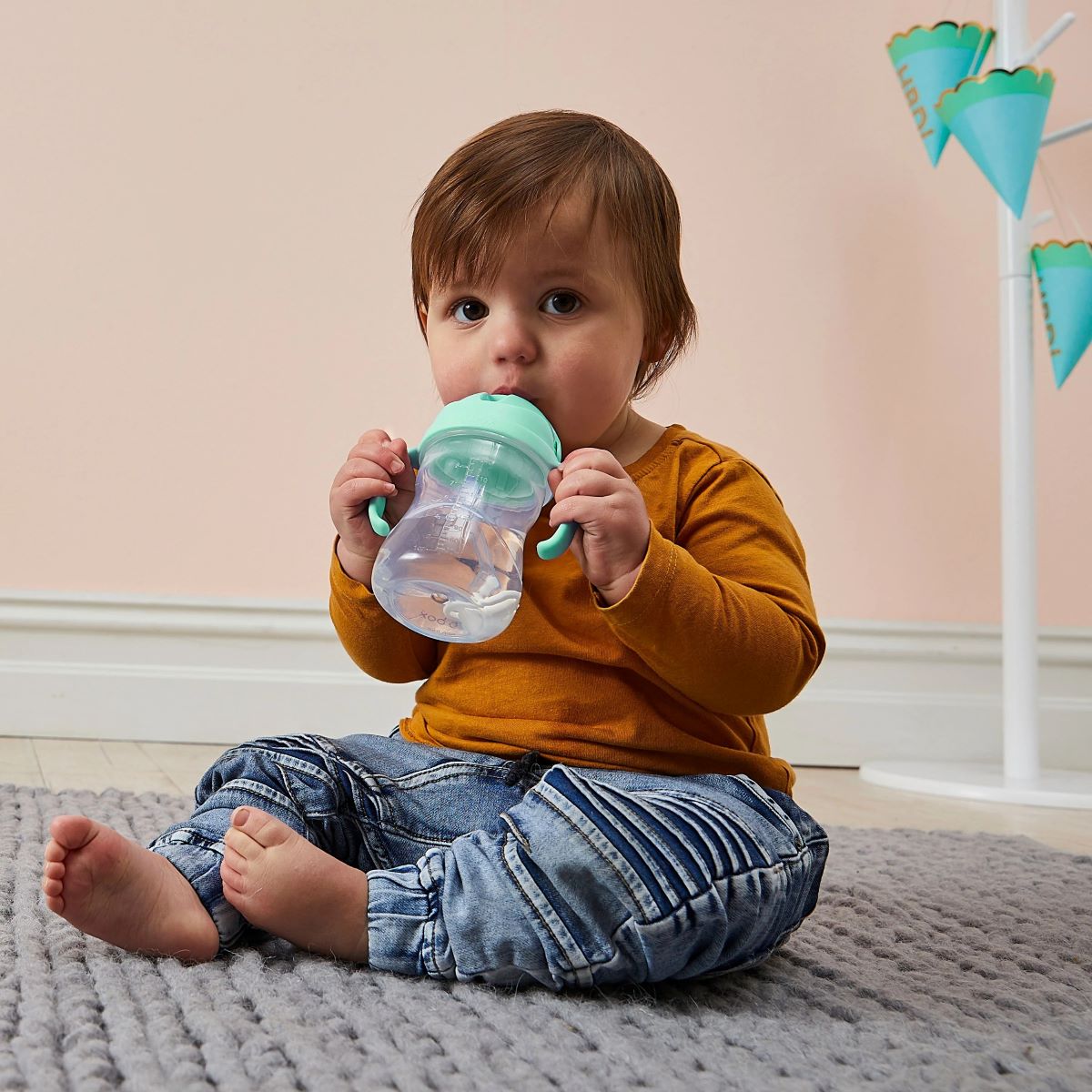
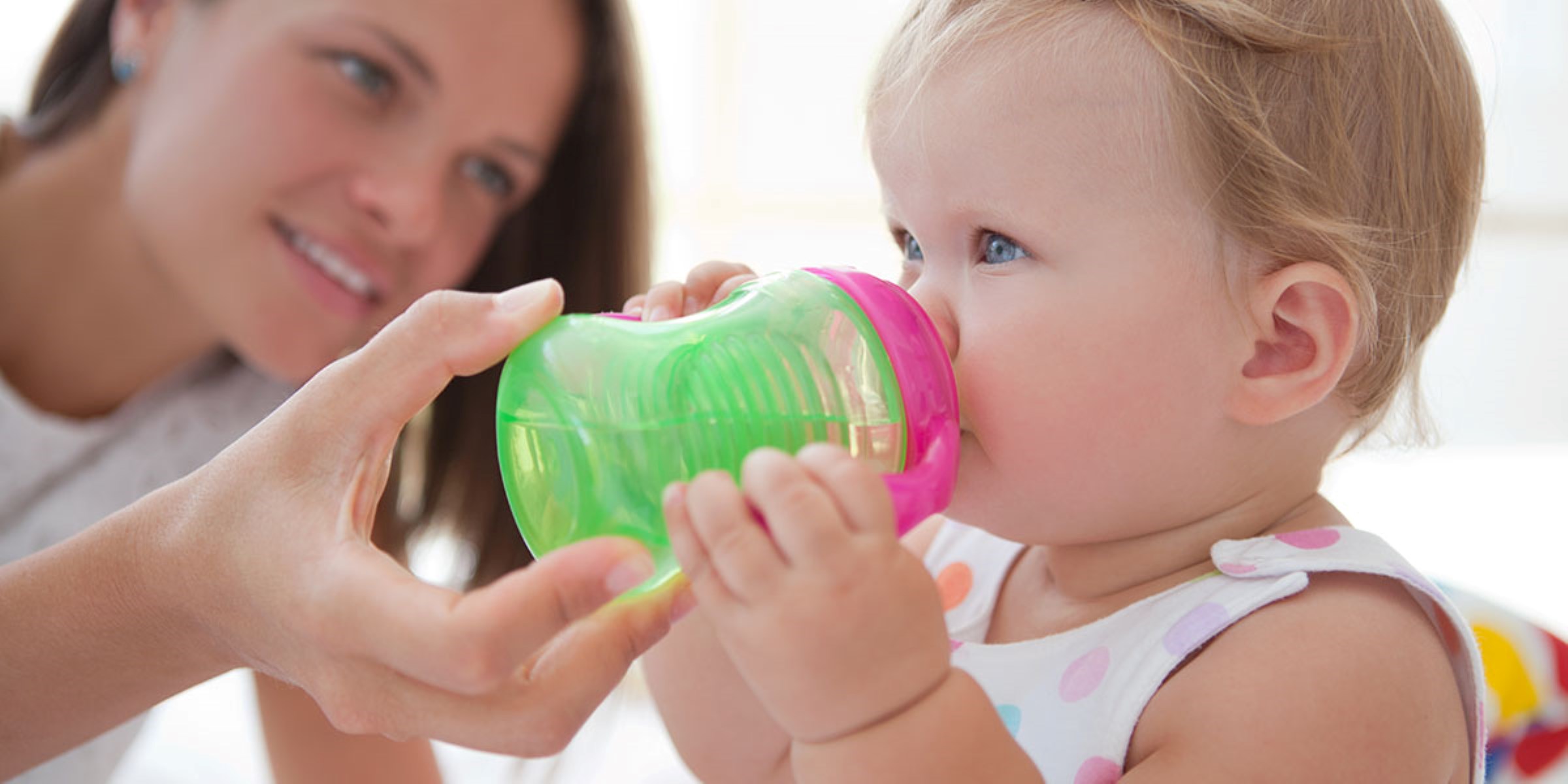
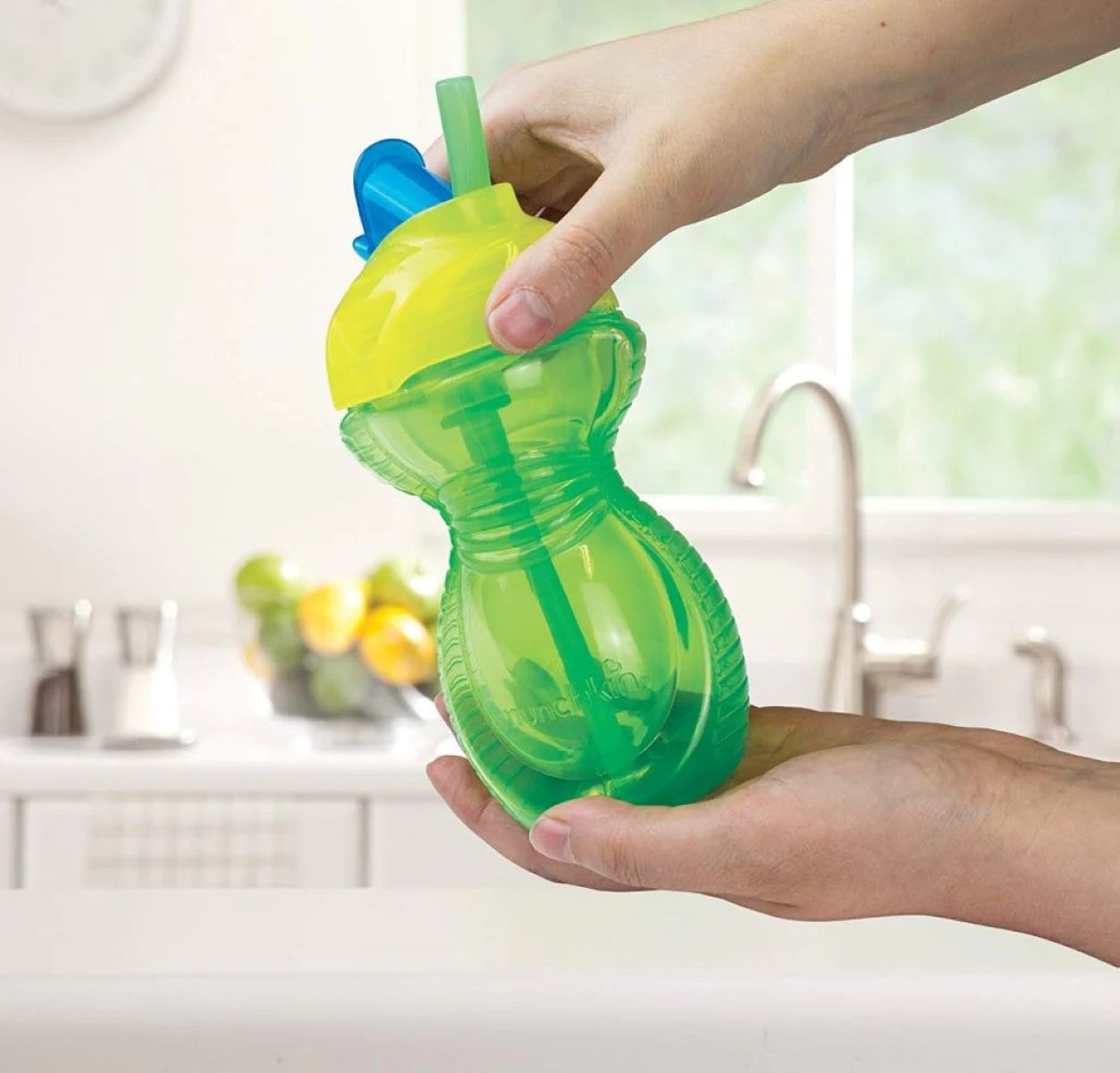

0 thoughts on “Which Sippy Cup Is Best For Teeth?”